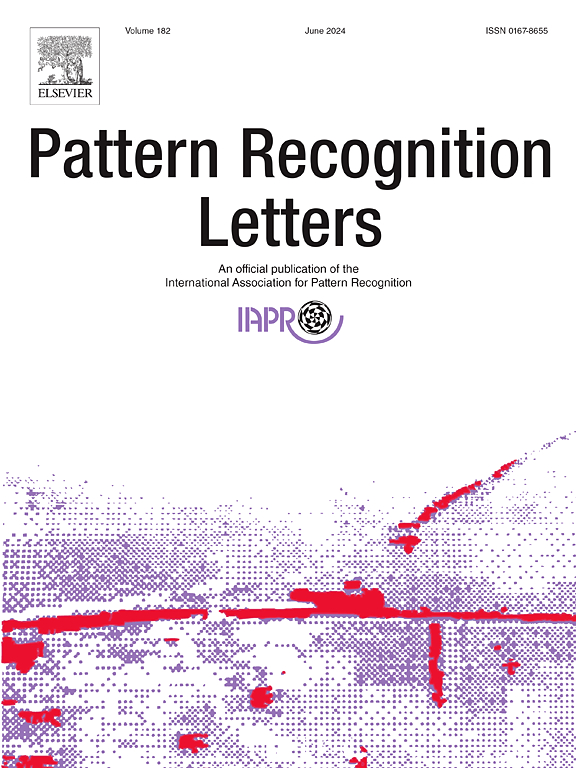TS-DETR: Multi-scale DETR for traffic sign detection and recognition
IF 3.9
3区 计算机科学
Q2 COMPUTER SCIENCE, ARTIFICIAL INTELLIGENCE
引用次数: 0
Abstract
Traffic Sign Detection and Recognition (TSDR) is essential for driverless cars and driver assistance systems. Machine vision tasks, such as TSDR, have gained significant attention. Convolutional neural networks (CNNs) are often employed for these tasks, but the introduction of visual transformers offers an alternative approach to global feature learning. As a novel object detection paradigm, DETR (Detection Transformer) can correlate contextual information, making it suitable for TSDR tasks. In this paper, we propose a novel network, TS-DETR, designed for TSDR. This network builds upon the RT-DETR (Real-Time Detection Transformer) and incorporates a multi-sequence feature fusion strategy along with an enhanced attention mechanism. First, we design a feature connection module alongside a multi-sequence feature fusion module, allowing the TS-DETR network to acquire more comprehensive multi-scale information. Then, considering the positional characteristics of traffic signs, we introduce channel and spatial attention modules, which enhance the network’s ability to utilize this information. Finally, we incorporate an inverted residual moving block to balance network performance. The experimental outcomes on the publicly available CCTSDB dataset illustrate that TS-DETR improves detection accuracy for all three traffic sign categories, outperforms YOLOv5s and YOLOv8s, and improves the recognition rate by 3.5% compared to the original RT-DETR algorithm. These results underscore the effectiveness of TS-DETR for TSDR tasks.
求助全文
约1分钟内获得全文
求助全文
来源期刊

Pattern Recognition Letters
工程技术-计算机:人工智能
CiteScore
12.40
自引率
5.90%
发文量
287
审稿时长
9.1 months
期刊介绍:
Pattern Recognition Letters aims at rapid publication of concise articles of a broad interest in pattern recognition.
Subject areas include all the current fields of interest represented by the Technical Committees of the International Association of Pattern Recognition, and other developing themes involving learning and recognition.
 求助内容:
求助内容: 应助结果提醒方式:
应助结果提醒方式:


